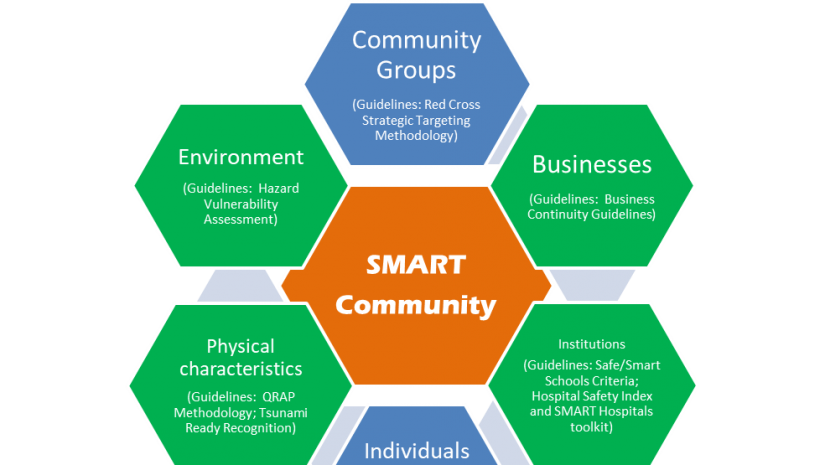Three flood-prone communities in the British Virgin Islands (BVI) will soon benefit from a project that will help them build resilience to that particular climate change impact.
The Establishing Flood-Resilient SMART Communities through Non-Governmental Organisations (NGO) Partnerships project will target the communities of Sea Cow’s Bay and East End/Long Look on Tortola, and Great Harbour on the sister island of Jost Van Dyke.
The project is being funded through the Community Disaster Risk Reduction Fund (CDRRF), which is managed by the Caribbean Development Bank. It is a collaborative effort among the Government of the British Virgin Islands through the Department of Disaster Management (DDM), and several non-profit organisations, including the Adventist Development Relief Agency, Rotary Family of BVI, BVI Red Cross, Lions Club of Tortola and the Jost Van Dyke Preservation Society. CDRRF funded the project to the tune of $649,500.
“The devastation experienced in the Caribbean during the 2017 Atlantic Hurricane Season is a reminder that tackling the impacts of climate change in one of the world’s most disaster-prone regions must be a matter of urgency,” said Claudia James, Project Manager, CDRRF, CDB. “The Bank remains committed to helping our Borrowing Member Countries build greater resilience to these hazards which continue to threaten the Region’s social and economic development.”
Work to be completed under the project will include retrofitting the Ebenezer Thomas Primary School and Valarie O Thomas Community Centre, installation of sirens, and the procurement and installation of emergency signs and sedimentation traps for water courses.
Director of the DDM, Ms. Sharleen DaBreo underscored the project’s importance in helping the BVI lessen its vulnerability to climate change impacts.
“The Intergovernmental Panel on Climate Change has noted that in recent decades, changes in climate have caused impacts on natural and human systems on all continents and across the oceans,” DaBreo said.
Like other Caribbean islands, the BVI is highly susceptible to the devastating impact of natural disasters because of the proximity of communities to coastlines and changes to natural topography.
“We have already witnessed firsthand the catastrophic impact of intensifying weather systems that could be attributed to the warming global climate. The August floods we experienced also illustrate the devastating impact of intense periods of rainfall on vulnerable communities,” she said. “The Flood-Resilient SMART Communities project is therefore quite timely for the BVI and we are keen to see the results.”
The project is intended to create a safer, healthier and greener environment that allows the residents in the target communities and other users to live and function in a way that enhances their overall quality of life.
It is scheduled to be completed over the next two years.
CDRRF was established by CDB and is supported by the Government of Canada and the European Union. The Fund finances community-based disaster risk reduction and climate change adaptation initiatives at the local level across eligible borrowing member countries of the CDB.
###
Note to Editors:
SMART Community – A SMART Community is one that uses sustained mitigation, adaptation and resilient techniques to resist, absorb, accommodate to and recover from the effects of a hazard in timely and efficient manner ultimately enhancing its resiliency and reducing its vulnerability. The community with this designation will be one that demonstrates full sectoral integration of all the principles of comprehensive disaster management. The SMART Community initiative is based on the tenets of the PAHO SMART Health Facilities concept where SAFE + GREEN+ Health components collide in a sustainable manner to bring about change at the community level. The SAFE elements are all actions that contribute to structural and nonstructural and functional resilience, the GREEN elements are those actions that contribute to a small ecological and carbon footprint. The safe and green elements cut across the entire CDM cycle and will resulting a SMART Community.
Photo Attached:
File Photo –SMART Community Concept
Photo Credit: Department of Disaster Management





